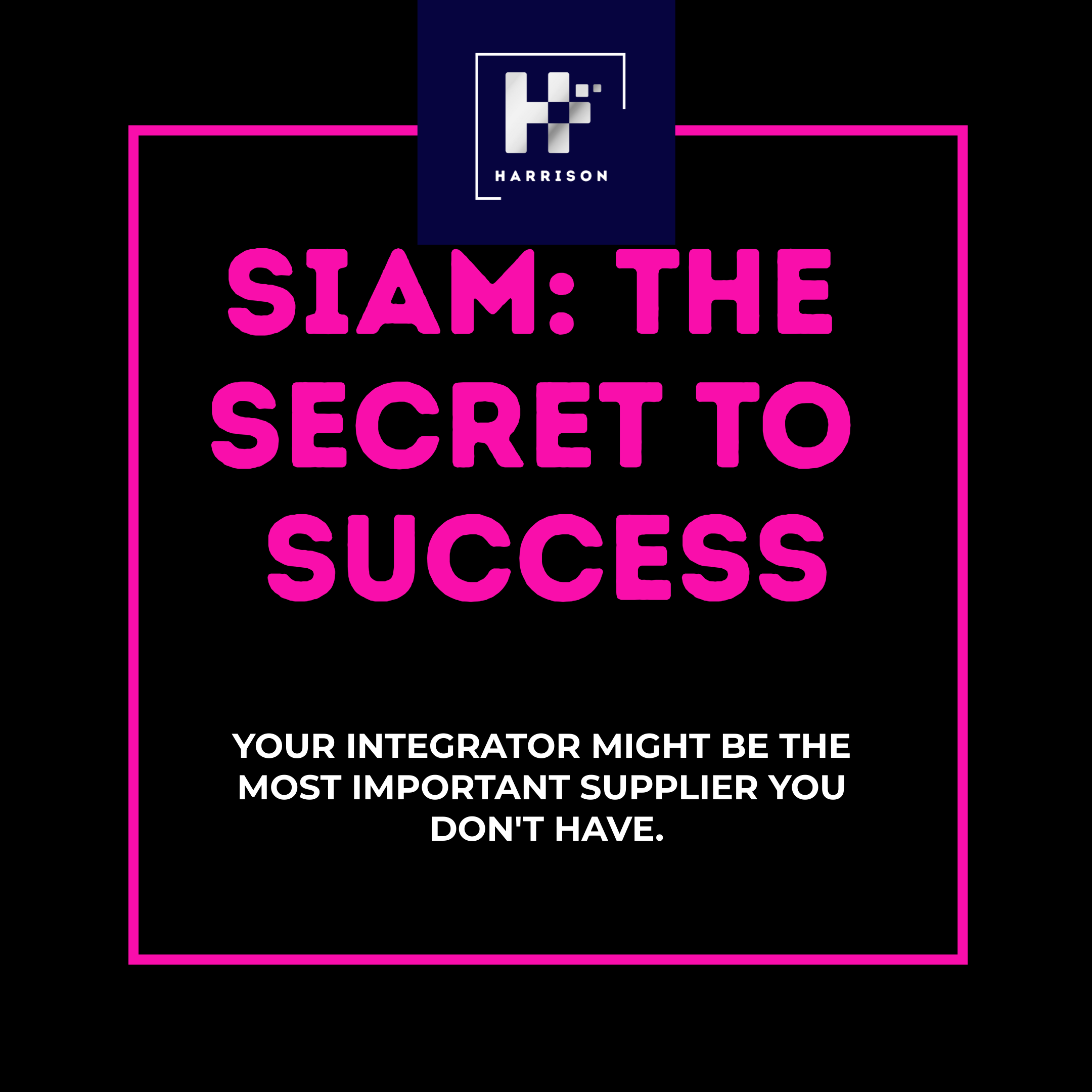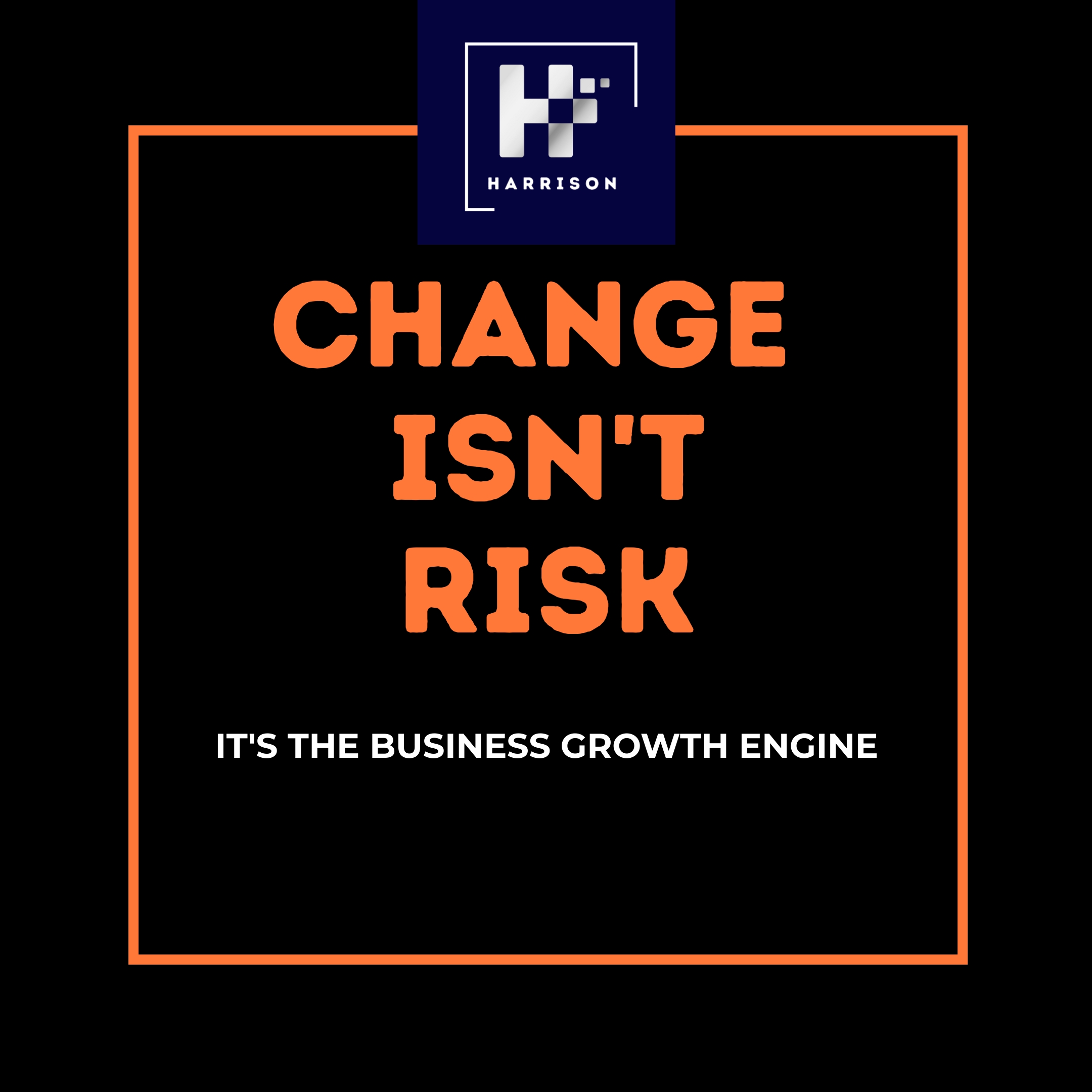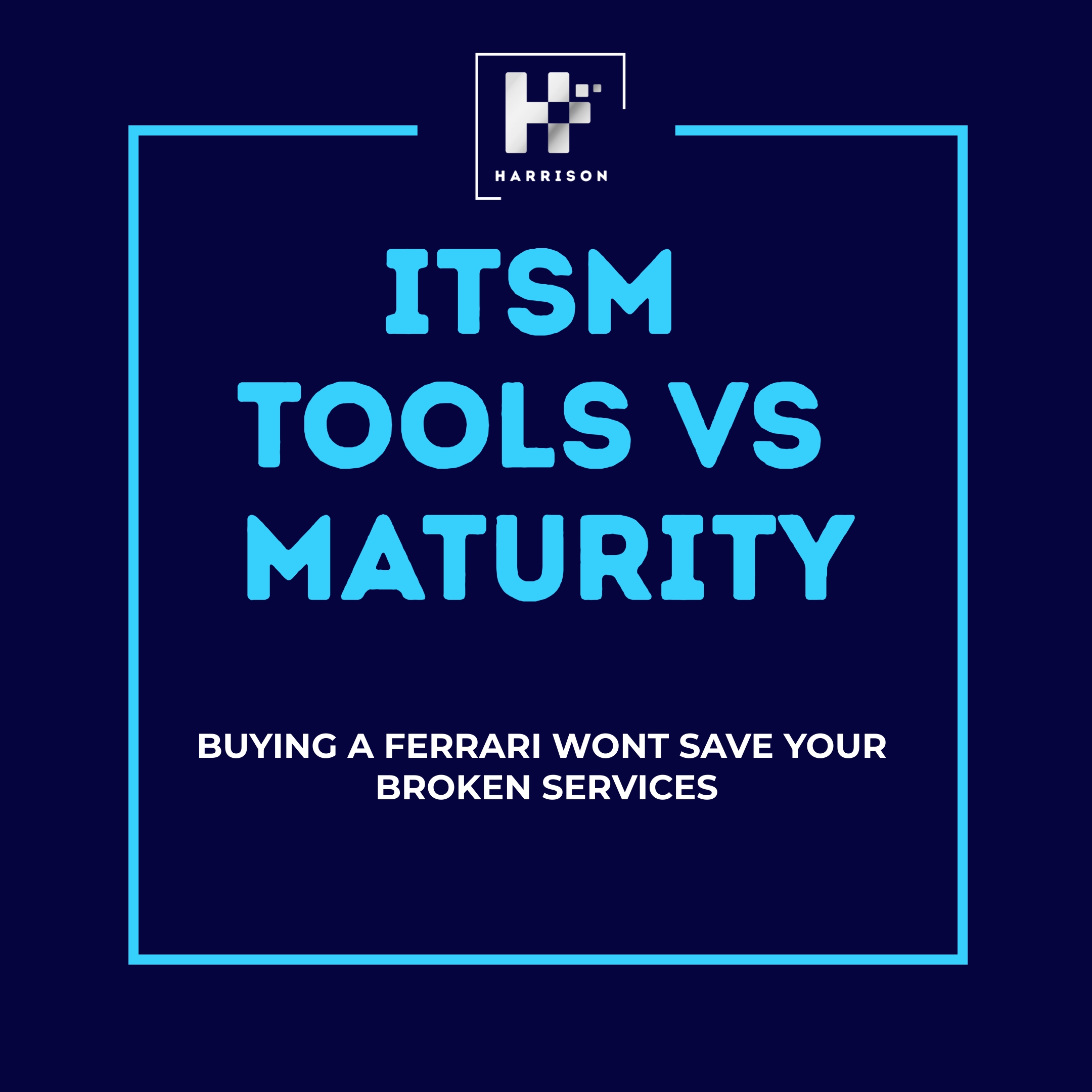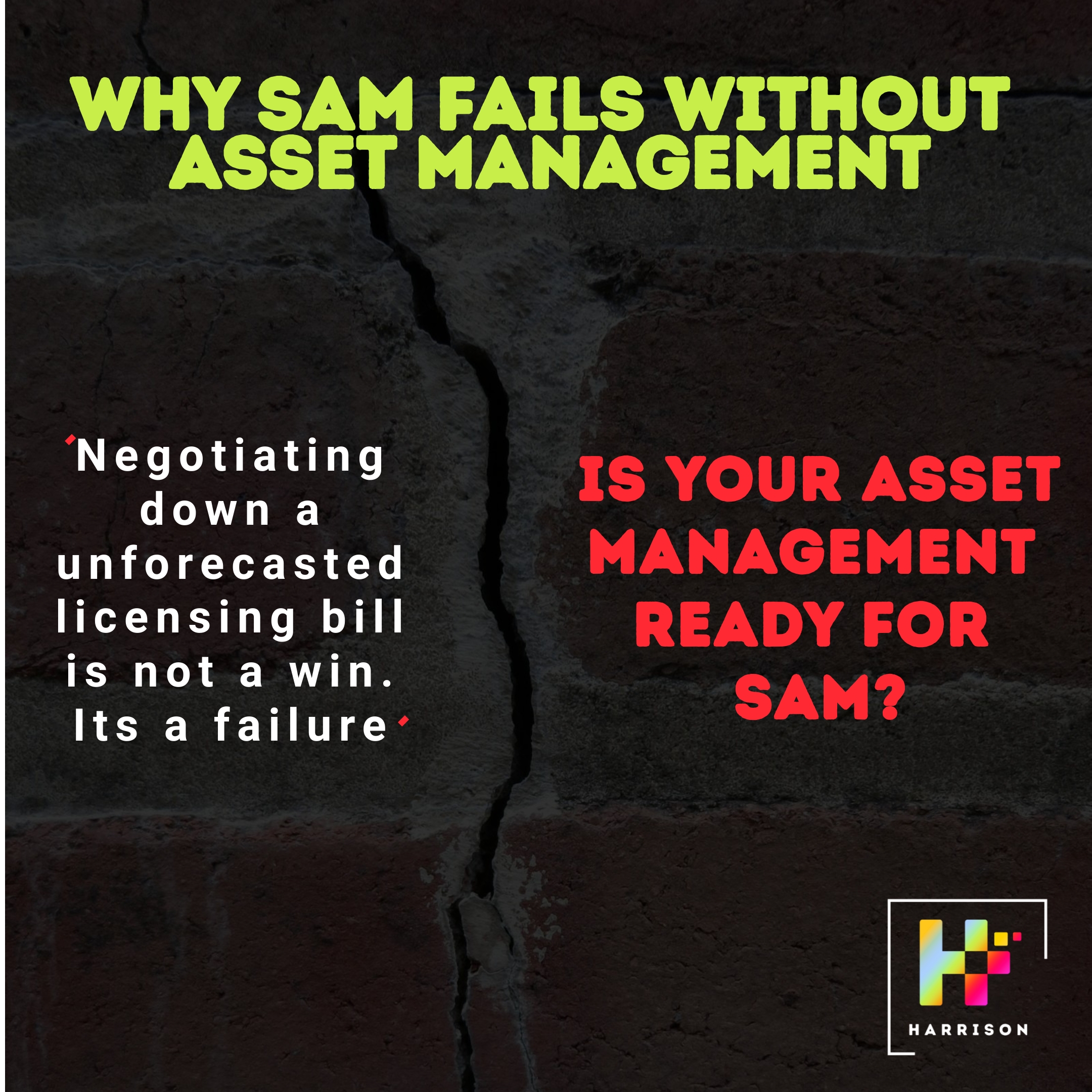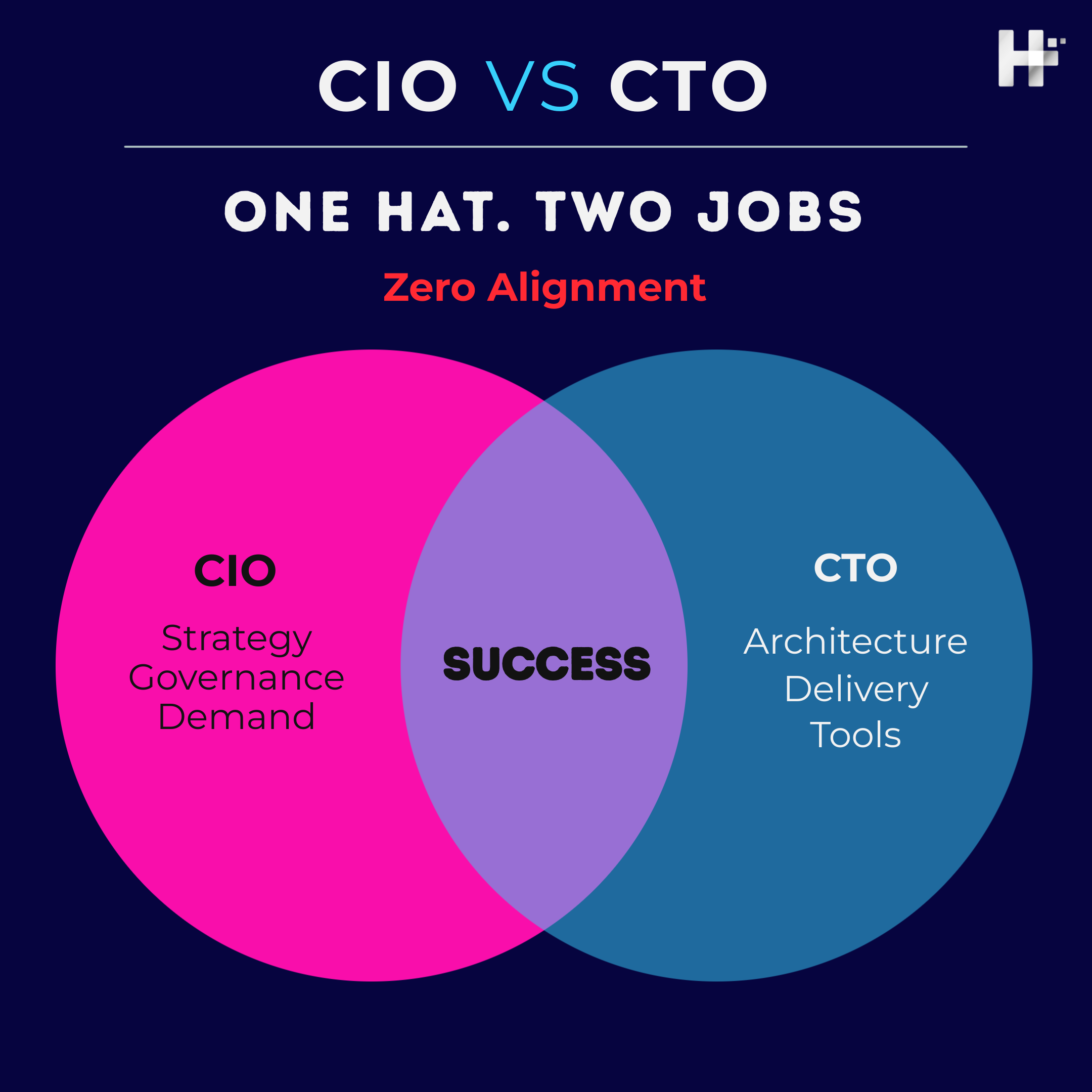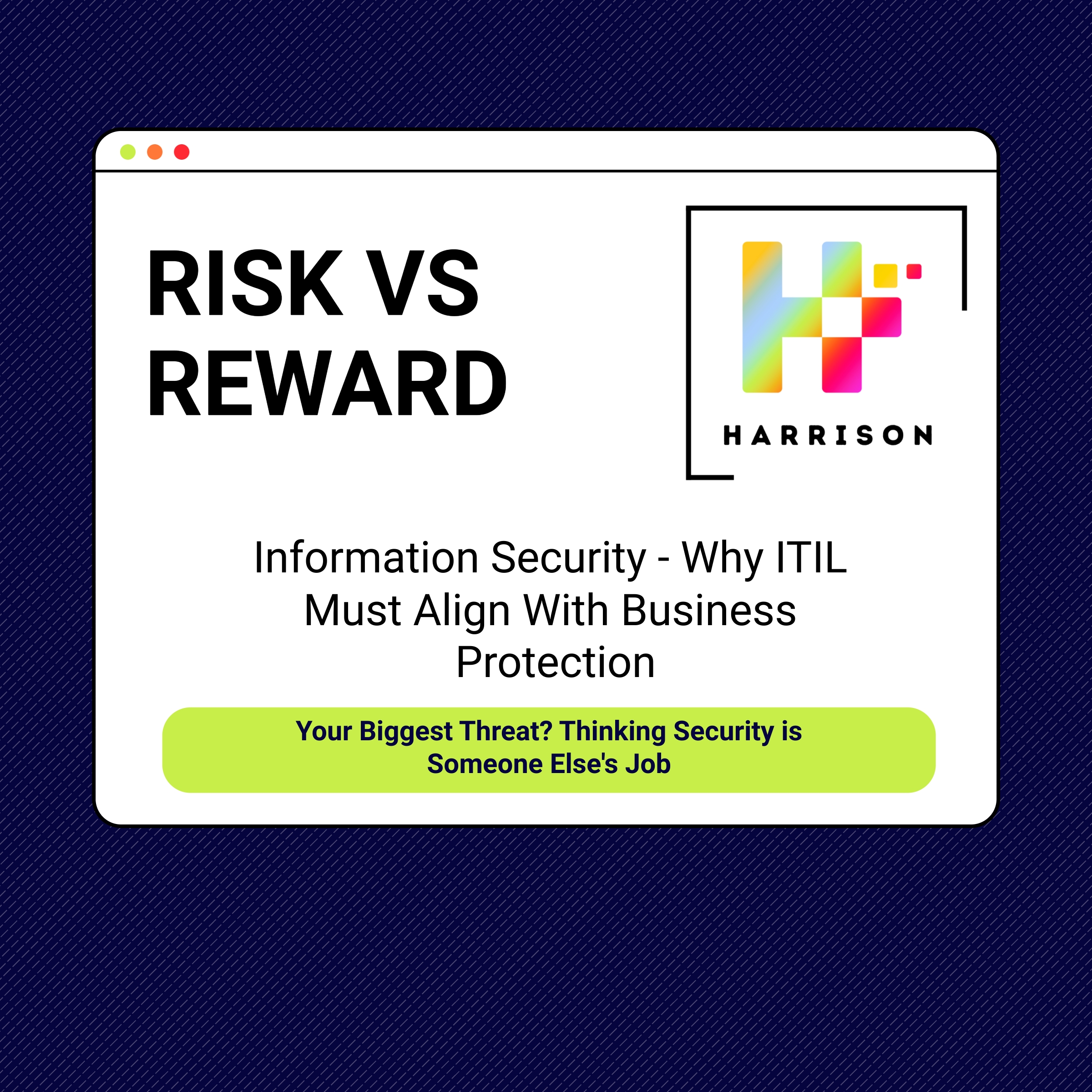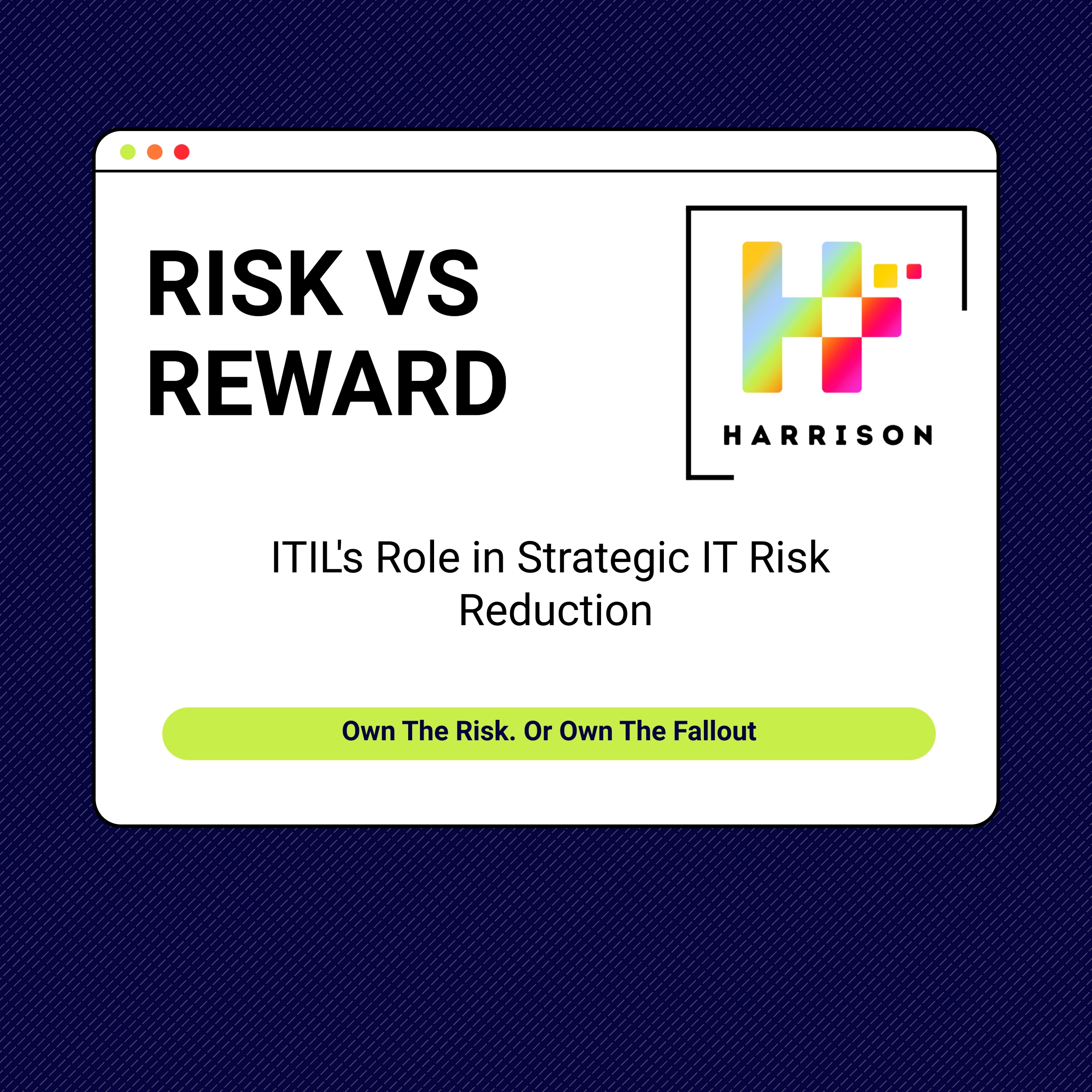How to decide what business applications to invest in
If you want some help in working out what business applications to invest in, you’ll love this blog.
Lets dive right in…
-
Introduction
-
Gartner TIME Methodology
-
Goals
-
Benefits
-
Business Value & Technical Quality/Condition
-
The 4 Quadrants of TIME
-
Harrison Recommends
-
Sometimes TIME just isn’t enough
Introduction
Deciding what business applications to invest in and subsequently what ones to divest is a big challenge and one that shouldn’t be taken lightly and as an IT-siloed activity. As part of application portfolio management (APM) a major outcome of this is working with the business to identify which applications are the strategic choice for them and IT. Sometimes, the drivers behind what the business identify as the strategic choice differ to what IT regard as strategic applications. Finding the balance between the 2, as an IT service provider, must be the goal as this creates an alignment between IT investments and the business strategy along with providing the transparency in the decision-making process.
Gartner TIME Methodology
Leveraging the Gartner TIME methodology is a tried and tested approach to achieve a transparent and objective position of each application in the organisation’s portfolio with a clear path for its journey.
The TIME methodology plots the following dimensions:
-
Business value – ranking the increasing / decreasing business value it serves
-
Technical condition / quality – ranking them for their technical quality, TCO and risk
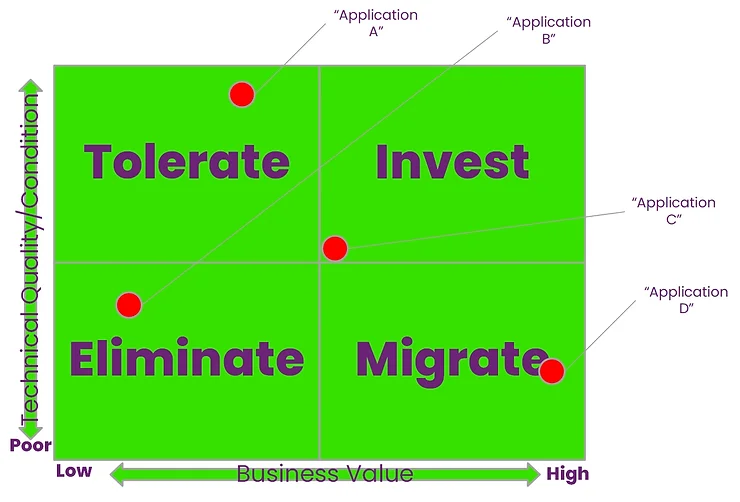
Goals
-
Helps a group of stakeholders come to a common understanding of the business value and technical relevance of an application
-
Helps a group of stakeholders get a shared understanding how applications or even IT services change over a period of time, and therefore should be managed differently
-
Prioritise applications for different kinds of actions such as investment or retirement
Benefits
-
A consistent and repeatable framework that is built on industry best practices by a market leader in this space
-
Enables IT to have (sometimes) the difficult conversations on where investments should and shouldn’t be made
-
Assists in the project / demand planning process by aligning proposed projects or new demand with applications and platforms you want to use more of
Business Value & Technical Quality/Condition
First up, let’s define what they both mean…
Business Value represents the inherent importance of an application to achieve the goals of a business unit or business organisation.
Evaluation of business value should focus on the following factors:
-
Solves a business need
-
Provides operational efficiencies
-
Provides critical function
-
Utilisation
-
User Experience
-
Revenue Generation / Cost Savings
IT Quality seeks to capture the technical integrity of the application and its impact to the technical burden of the IT organisation.
Evaluation of IT quality should focus on the following factors:
-
Supportability
-
Data accuracy and quality
-
Source code availability and quality
-
Reliability, maintainability, serviceability & Security
-
Response time / Ease of Change
-
Technology (legacy vs cutting edge)
-
Costs
The 4 quadrants of TIME
Tolerate
Characteristic – application has a high value technically, but is not perceived by users as delivering significant enterprise level value
Example – although approaching end-of-life maintenance schedule in 3 years, it still delivers anticipated business value at manageable cost. Presently categorised as “tolerate” but will be reviewed for replacement with the newest technology in the upcoming years
Invest
Characteristic – application delivered high value currently and is low risk to both the business and IT
Example – both the business and IT are happy with the ROI of the application and are aware of the significant business value it delivers. This is seen as a strategically important application and ways should be identified to further leverage it over the portfolio
Migrate
Characteristic – application is consumed by the business well, however technically the application is not sustainable due to cost or quality challenges
Example – the business is happy with the application but the risk, ROI or cost to maintain the application is above acceptable levels. Projects and programs will be mobilised to migrate the application
Eliminate
Characteristic – application is viewed as risky, costly and difficult to maintain. Business users see the application as inhibiting business growth.
Example – the business is happy to not use the application as either the business outcome is not needed or can/is processed elsewhere. IT see this as an opportunity to reduce all or a combination of License, hosting, consumption, and support costs.
Harrison Recommends…
Tolerate
Significant effort in this space to improve perception and functionality by:
-
Engaging with business users to identify critical improvements and enhancements needed to increase user value and experience
-
Addressing identified user concerns and improvements to processes and functionality
-
Upgrading to improve the user interface / experience
-
Providing managers and end users to better information and analytics
Invest
Identified as strategic importance and ways should be identified to improve agility and efficiency by:
-
Investing in the platform and improvements to service orientated architecture, enhanced configurability, greater flexibility and improved support for emerging technology
-
If licensed by vendors, defining a path to reduce company-specific customisations and replacing them with vendor provided functionality, which will help reduce long term system support and upgrade costs
-
Improve relationships and partnerships with these key vendors. Look for ways to improve license terms and costs.
Migrate
You need to respond to the conflicting views of IT and the business by:
-
Document the system using automated tools (where possible) and develop sufficient expertise to mitigate possible catastrophic failure
-
Consider upgrading to newer versions to mitigate IT risks and potential costs
-
Reduce the scope of the application by pulling out functional capabilities and placing them within a strategic application, retaining only the functions on the application the business wishes to keep and can’t be moved at this time.
-
Invoke projects and programs to enable to required business activities to be excited on new applications
Eliminate
You should respond by:
-
Retire the application by way of a controlled retirement program in conjunction with the business
Sometimes TIME just isn’t enough…
Harrison also believes that we are missing a trick if we just base our decisions on where applications exist within the TIME model. What can really provoke thought and drive meaningful dialogue with the business is building out a heat map of your application portfolio that shows TIME vs business criticality.

Imagine being able to ask some meaningful questions like…
Why do we have business-critical applications that we want to eliminate?
Should we really invest in low-business criticality applications? What have we or the business missed?
Can we target our strategic investments in the top right and our tactical investments in the bottom left? Both need investments but for different reasons
If you would like to know more about the Application Portfolio Management TIME assessment or need help conducting your own, get in touch with us, we’d be happy to help!
020 3667 3666
Follow us
Latest articles
December 13, 2025
December 13, 2025
December 13, 2025
December 13, 2025
December 13, 2025
December 13, 2025


